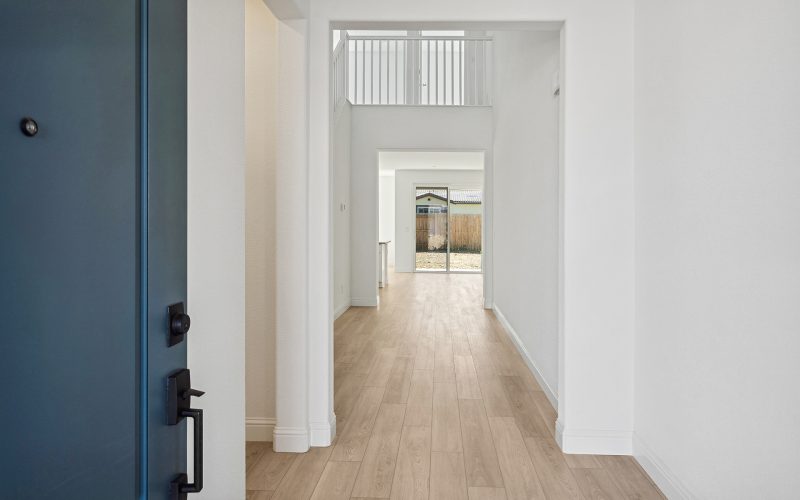Mold is a common fungus that can grow in damp and humid conditions. While some types of mold are harmless, others can be detrimental to both the structure of your home and your health. In this guide, we’ll explore how homeowners insurance addresses mold issues and what steps homeowners can take to protect their investment.
Will my homeowners insurance cover mold?
The coverage for mold damage varies among homeowners insurance policies. In general, your standard policy may cover sudden mold-related incidents, such as a burst pipe or if your home was extinguished with a fire hose. However, mold claims likely won’t be covered if it is a result from neglect, such as a leaky pipe or an unsealed window.
How to prevent mold in your home
Mold issues often arise from water damage, such as leaks or flooding, but it can grow anywhere that gathers moisture, including inside walls! It’s critical to practice moisture control in your home and to recognize signs of mold so you can treat it immediately. Here are a few ways you can prevent mold from growing in your home.
- Use a dehumidifier to keep humidity levels in your home low.
- Fix any leaks in your home’s roof, walls or plumbing as soon as possible.
- Increase ventilation in bathrooms by running a fan or opening a window when showering.
- Remove or replace carpets that have been soaked and cannot be dried right away. Avoid carpets in rooms that may have a lot of moisture, such as bathrooms or basements.
By taking these steps, homeowners can enjoy the benefits of their investment while safeguarding against potential mold-related challenges!





